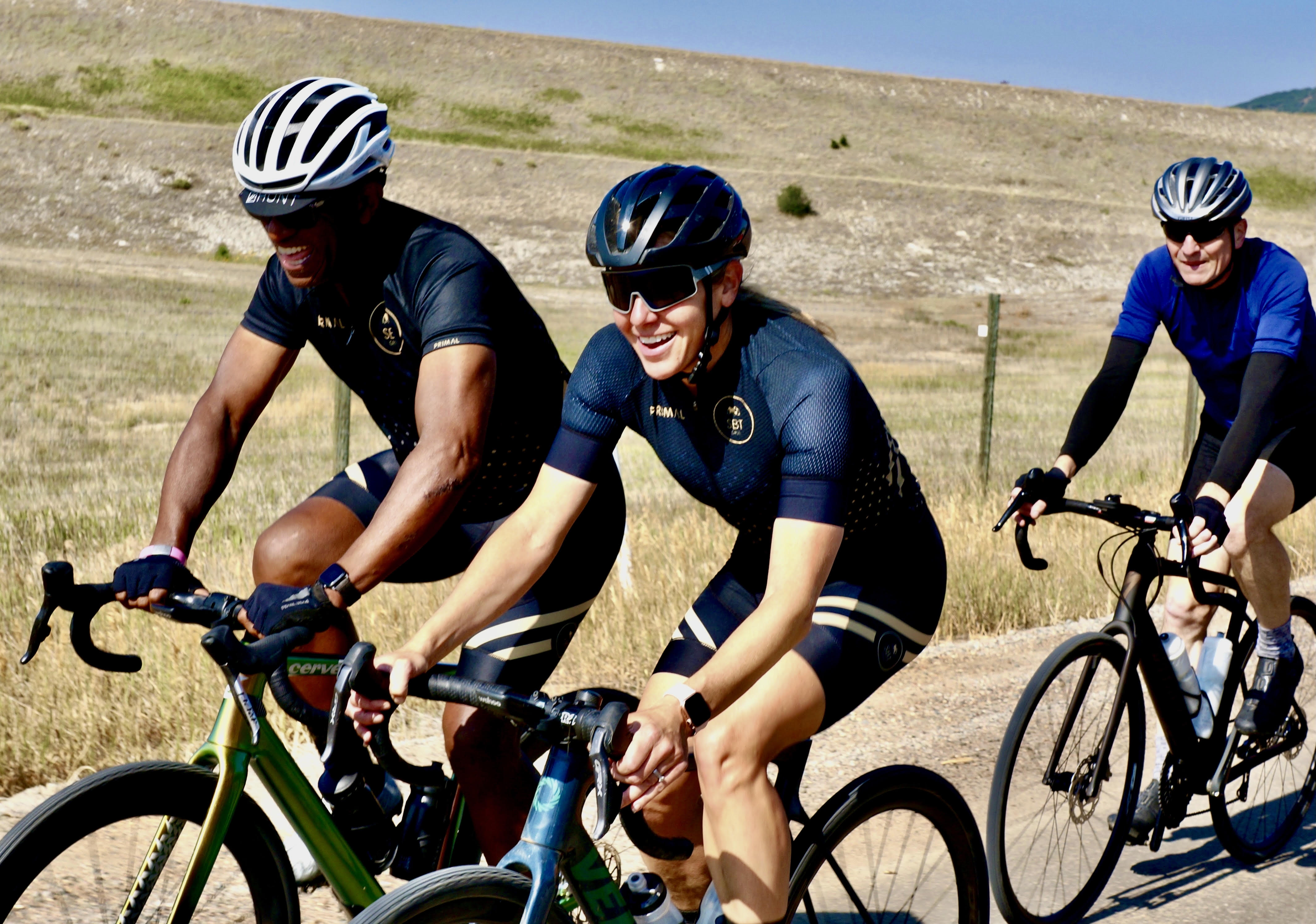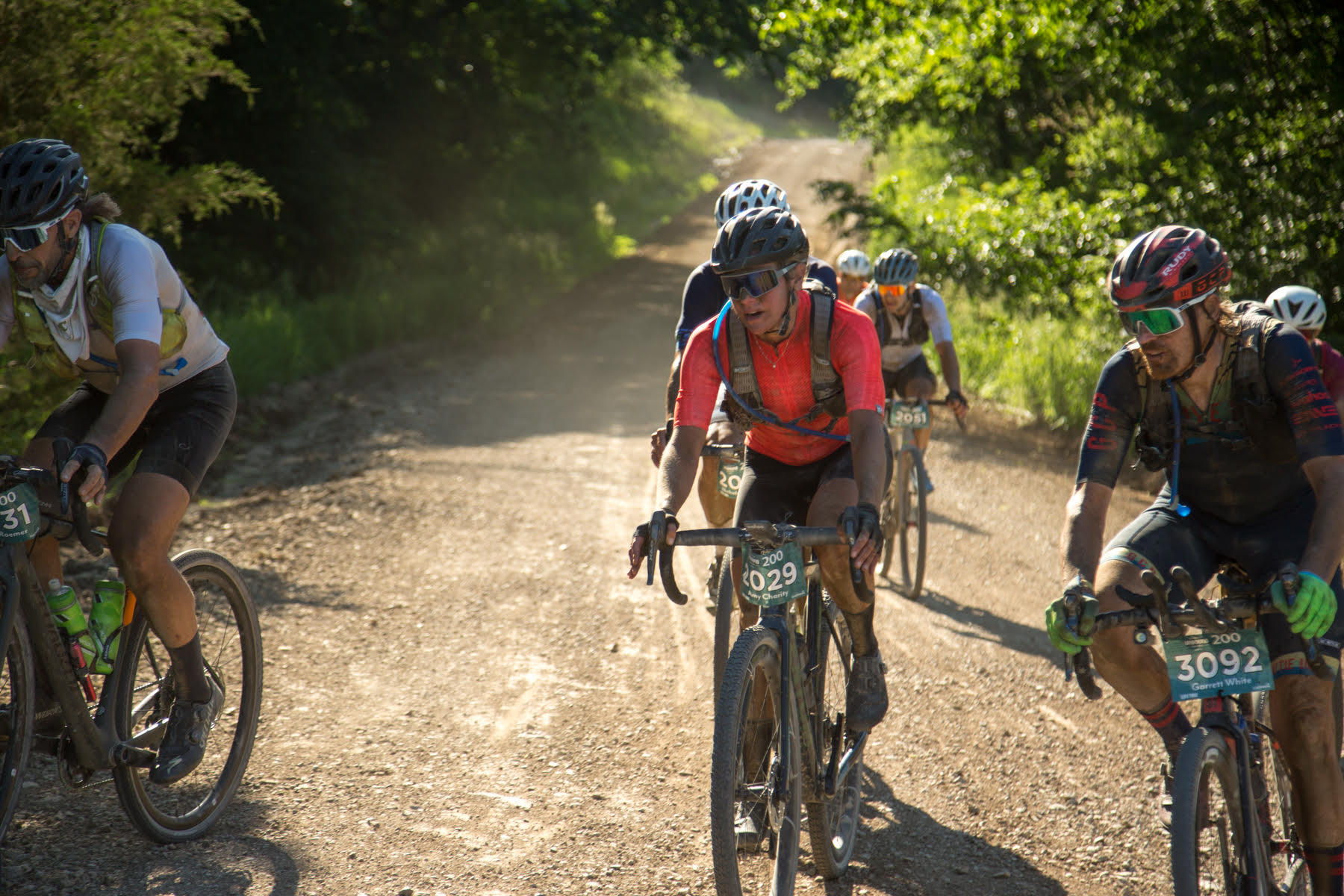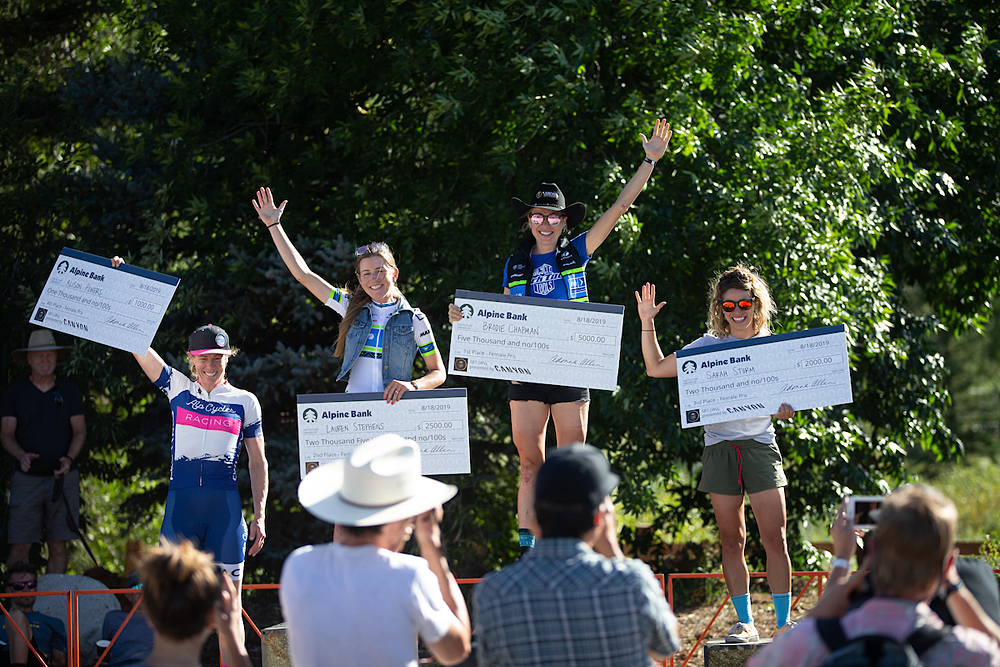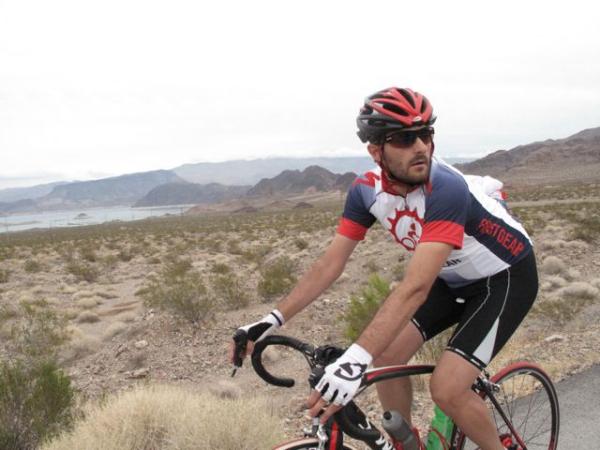SBT GRVL: More than a race
Founder Amy Charity on the values that are seeing the event have a lasting impact in Colorado and beyond

This Sunday, 3,000 gravel racers - from total novices to expert pros from the WorldTour - will descend on Steamboat, Colorado for the 2021 SBT GRVL race.
It's far more than just a race, and organizer and founder Amy Charity has made huge strides to ensure that the event is sewn into the very fabric of the Steamboat community. Not only that, but Charity has set up various initiatives designed to bolster inclusivity, cultural diversity, and gender parity.
Make no mistake, her efforts - along with those of her tightly-knit team – have helped define what a successful gravel event could and should look like. What’s more, SBT GRVL looks like a blueprint for sustainable racing inside North America, and it couldn’t come at a better time.
"One of the best things about SBT is that the 3,000 riders coming from here are from everywhere. Only about 150 are from Steamboat and about 1,500 are from Colorado," Charity tells Cyclingnews in the build-up to the race.
"We have riders coming from 14 different countries and that’s exciting to see because people will spend a week here getting ready for the race."
It’s true, the line-up for SBT GRVL is second to none. Along with the stars of gravel racing like Laurens ten Dam, Alison Tetrick, Ian Boswell, Kaysee Armstrong, Ted King, and Amity Rockwell, the organization has attracted WorldTour riders from EF Education-Nippo and Canyon-SRAM.
However, one of the biggest standouts is the fact that the race has embedded itself both culturally and economically into the local community. Such a feat can’t be downplayed given the hurdles road racing and riders face at times. However, Charity has ensured that Steamboat residents have embraced the event and the benefits SBT entails.
Get The Leadout Newsletter
The latest race content, interviews, features, reviews and expert buying guides, direct to your inbox!
"Our town is starting to realize the magnitude of the event," she says.
"Steamboat is used to hosting triathlons and smaller races but in 2019 the town realized that SBT is something quite different to all of those events. That was their first taste of the event and what a gravel event is like and this year we’ve doubled in size. The economic impact is significant, the restaurants will be filled and the town is embracing it."

Along with the racing aspect, the organization also supports several non-profit bodies within the community – from agricultural to educational – to provide pathways into cycling and a healthier lifestyle. Charity’s hope is that if SBT can encourage children and young adults into cycling then it will create cyclists for years to come.
"We also work closely with a number of non-profits in the town and that’s something really important with our community agricultural alliance and our Boys and Girls Club. There are different organisations that we partner with and that means that we can give back as well.
"Our team has given talks to the leaders in the Boys and Girls Club and we volunteer at their events and we put on a family event of races on Saturday and that’s all led by the Club. So there’s a striders race and a family festival at our expo and the whole goal is about putting more people on bikes. These kids are three or four years old and if they see older kids racing and riding then what we’re trying to show is that cycling is something that they can do right through their lives."
Gender parity
SBT isn’t the only major North American race with ties to the community or an ethos based around sustainable growth and inclusivity. Unbound Gravel, Belgian Waffle Ride, and Gravel Locos are among the other races that have their own identity and strive for more than just a start and finish line. SBT does, however, have incredibly strong values when it comes to inclusivity and gender parity.
Part of that comes down to the fact that Charity used to competitively race on the road at the highest level. She has seen first-hand the barriers the women face when entering the sport and, while SBT hasn’t managed to hit 50-50 in terms of gender parity, the race has made huge strides in a short space of time.
Five of the management team at the event are female and, along with equal prize money, the organization has also linked up with Racial Justice for All in a bid to improve the racial and cultural diversity within both the event and the cycling community at large.
"We started this race by being driven by our values," she says when asked about the ethos of the event.
"They’ve guided every decision we’ve made and they’ve defined every step we’ve made. One of them is inclusivity, and that’s a big piece of all of this. We want to make a concerted effort to bring in people of different ages, backgrounds, both social and economic, but also different sporting backgrounds. That’s why we have different distances from 37 miles to 142. There’s something for everyone.

"We also made a big difference when it came to trying to bring more women into racing. As a former racer, I know that there’s not always parity so we’ve looked at the barriers women face and our race has 30 per cent women. That’s still not 50-50 but it’s getting there. This year our effort has gone into partnering with Ride for Racial Justice (R4RJ) and we gave scholarships to 25 riders who will be racing in Steamboat. Every year we’re trying to expand and it’s about making our race as inclusive as possible.
"One thing we’ve done is make sure that there’s an equal prize purse. We have $22,000 in what we pay out and our thought is that if you’re a pro racer, male or female, and win SBT that you’ll feel pretty good walking away with $5,000 if you win. That attracts the top-level pro men and women.
"When we first opened registration we had 22 per cent women and, as a female racer, I thought that it just wasn’t good enough. We reached out to a bunch of the women who had already signed up and asked them about their training, the barriers they faced and opened up more spots. It’s going to take effort every day and every year but seeing the pro-women, right through to the first-time riders, it just gets more women thinking that they can do it too.
"It’s a very different cultural scene to road racing and that’s the beauty of gravel. The rules around gravel don’t fixate on sock height. They’re still evolving and they’re much looser. That makes it less intimidating and it means that women feel more comfortable and that they belong."
No barriers
The fact is that there’s something at SBT GRVL for everyone – from hardened WorldTour pros to your nine-year-old and 79-year-olds who are looking to embark on their first-ever race.
For Charity and SBT the growth of cycling in North America, and especially within gravel, is all about sustainability and inclusiveness.
"There aren’t many barriers," she says about her race.
"You can ride it on a gravel bike, a mountain bike, or a ‘cross bike. You can ride it on a road bike but you’ll probably get some punctures. A race like ours isn’t technical and that’s not the same with road racing in the US where there are categories and it’s intimidating.
"Mountain biking is technical but with gravel you can choose to not be in the mix or in the pack. You can ride with room around you and at your pace. In my mind, the fact that kids can do this, and people into their eighties is what makes it a sustainable sport."
On Sunday, men’s and women’s winners will be crowned in SBT GRVL, and come sundown the travelling circus that is the pro racing circuit will move onto the next race. However, the roots and prints left behind by the 2021 SBT will have deep and hopefully positive effects on cycling, in both Steamboat and wider afield.
What more could anyone ask for?
Daniel Benson was the Editor in Chief at Cyclingnews.com between 2008 and 2022. Based in the UK, he joined the Cyclingnews team in 2008 as the site's first UK-based Managing Editor. In that time, he reported on over a dozen editions of the Tour de France, several World Championships, the Tour Down Under, Spring Classics, and the London 2012 Olympic Games. With the help of the excellent editorial team, he ran the coverage on Cyclingnews and has interviewed leading figures in the sport including UCI Presidents and Tour de France winners.
